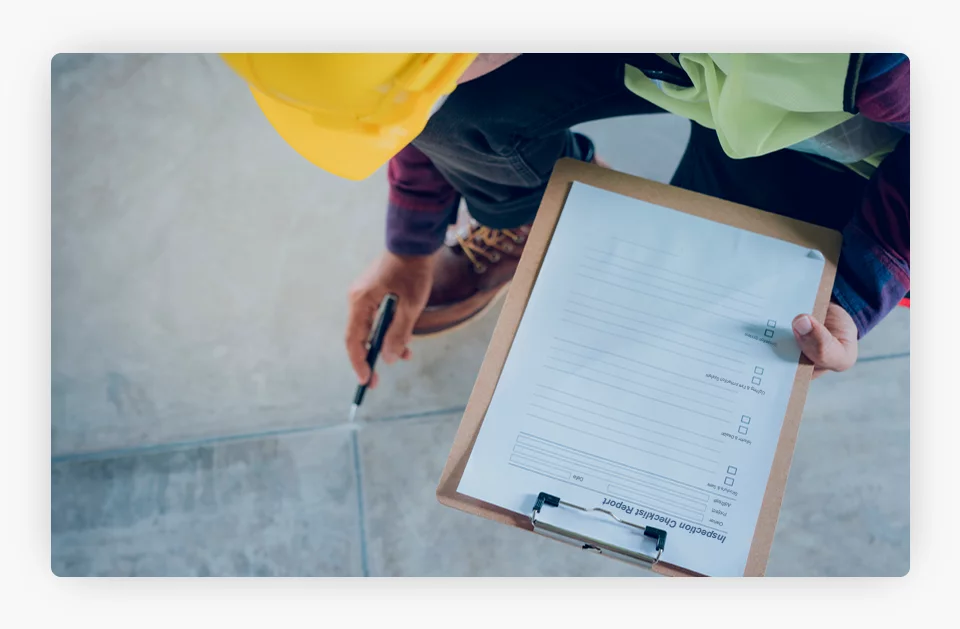It is important to have a well-structured legal strategy when a design defect causes a product to cause injury. The most important aspect of a design-defect claim is to prove that there was a feasible, safer alternative design. To navigate this area, attorneys must be well-versed in the product liability laws, including expert analysis and industry benchmarks. Here is a checklist that lawyers can use when building a product liability case.
1. Understanding the Core Legal Framework
The law on product liability covers claims for design defects. These are typically based either on the test of consumer expectations or risk-utility. The first tests whether a consumer finds a product unreasonably hazardous when used as intended. The second, more technical, evaluates whether or not the inherent risks outweigh the advantages of the design, especially if an alternative design is available.
In both cases, it is crucial to make a clear comparison of the current product with an alternative that is safer.
2. Retain Qualified Expert Witnesses
Expert testimony is crucial to any case involving a design flaw. Engineers, product-safety experts, and forensic analysts can offer valuable insights into how a product is manufactured, its behavior under normal conditions, and what features contributed to the injury.
Experts will also be able to determine whether a safer alternative design exists.
- Technologically feasible during manufacture
- Easily implementable,
- Effective in reducing or eliminating risk without compromising product functionality.
Their conclusions must be backed up by evidence and documentation of testing procedures.
3. Conduct Rigorous Product Testing
More is required than just theoretical suggestions to prove that a design could be made safer. A physical or computer-based test of the product is necessary. A design defect attorney with a thorough approach will often collaborate and work alongside experts to:
- Recreate the circumstances in which the injury took place.
- Simulate both original and alternative designs.
- Compare results related to safety, efficiency, and usability.
These simulations serve as a solid factual foundation for proving the safety of a product without detracting from its purpose.
4. Compare with Industry Standards
If a design is defective, it can be proven to violate accepted safety norms. Two standards are often cited:
- ANSI: These standards provide guidelines on safety requirements within various industries. This includes tools, machinery, consumer products, and more.
- ISO: ISO standards offer specifications that highlight safety, performance, and quality.
Attorneys can compare the product design with these standards to see if it falls short of accepted norms. Inability to meet ANSI/ISO standards can prove negligence in the design phase.
5. Document-Risk-Utility Balancing
The Test of Risk-Utility is crucial in proving a product design is defective. An attorney has to prove that a product’s design is dangerous compared with its benefits. Often, a successful argument will include:
- The severity of the potential harm and its probability.
- The price and availability of safer designs
- The performance impact would have been had the safer design been used.
A design defect attorney can build a strong case using this framework that the current design is dangerous and has better alternatives.
6. Investigate Manufacturers’ Internal Records
Many manufacturers perform internal safety evaluations during product development. If you access documents like internal memos, design plans, and minutes of safety meetings, it is possible to determine if the company evaluated and rejected safer options. This type of discovery can be very compelling, especially if the manufacturer chooses a less safe product for financial or manufacturing reasons.
7. Recalls and Regulations History
A pattern of regulatory warnings and product recalls, involving the same design or one that is similar, can help support the claim that a defect exists. Attorneys are advised to review the following:
- Consumer Product Safety Commission (CPSC) reports
- FDA or OSHA notices of compliance (where applicable).
- Results of previous litigations or settlements.
Patterns of complaints are evidence that a product may be dangerously flawed. Manufacturers had an opportunity to correct this issue.
8. Prepare a Visual Demonstration
Visual aids, including diagrams, animations, and side-by-side comparisons, can be persuasive in court. These visuals are a great way to help juries better understand engineering arguments and see the practical differences.
Conclusion
A safer alternative design requires more than a better plan. It also involves a multi-layered strategy that includes technical expertise, safety standards, and a clear demonstration of the risks versus benefits. By using this checklist, lawyers can build stronger, more solid cases that prove liability and the importance of product design.



